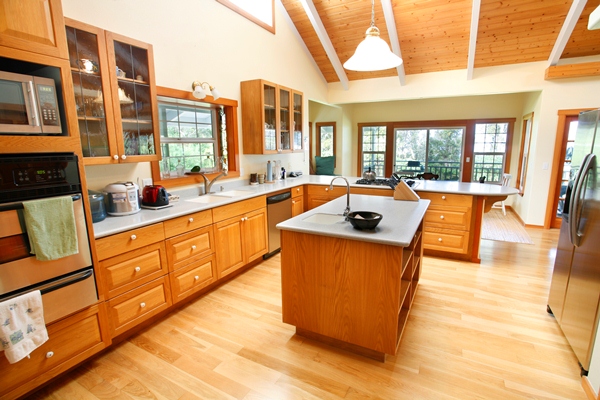How to Get the Right Light Level at Home
It’s important to invest in the right combination of lights to be able to develop excellent lighting levels for your home; you can do by picking up different lights from bldirect, while also making sure that you have a clear idea about what you need for different rooms. Some general options that you might want to try can include using spotlights, dimmers, LEDs, and task lighting to make the most of different spaces. More on these, and other approaches, can be found below.
When designing a lighting scheme for your home, it’s worth considering how much natural light you get through your windows, and how you can work with it to create distinctive effects. You can also tailor your lighting levels to different rooms: bedrooms can suit low lighting, while brighter lights can be used for kitchens and bathrooms.
Moreover, think about how you can create indirect lighting effects by using blinds and curtains, as well as spot lights to brighten up parts of a room.
Getting a combination of different lights can provide you with a range of options for your light levels. Incandescent light bulbs can be a particularly good place to start if you want to experiment with different bulb strengths; spotlights can similarly be used to target parts of a room, while contemporary table lamps and desk lamps can be effective at setting the right mood. Projector lamps can also be set up to create dynamic effects within your home.
In terms of setting an atmosphere for specific rooms, consider layering your light sources in a kitchen so that you have options for different times of the day. Investigate low wattage lights if you’re going to be leaving bulbs switched on for long periods of time, and mix up your main lights with task lighting and LED lighting strips – the latter can be placed under cabinets, for example. Low voltage halogen lights can similarly be used to set ambient levels.
For halls and entranceways, consider investing in lights that can be easily dimmed using switches and remotes. With bathrooms, consider experimenting with LEDs around shower enclosures, as well as with spotlights in the ceiling. Halogen lights can be worth looking into for conservatories, which can also be well served by shatterproof lights that can be placed around the edge of a space to create a consistent level of light. A few energy saving light bulbs in rarely used spaces such as attics and basements can also be effective if you need to easily light up spaces.
Whatever light levels you focus on, make sure that you can easily make adjustments using dimmer switches; programmable LEDs can also be a good investment. In some instances, lights can be programmed and switched on or off using a smart phone and other remote devices. Taking this approach can be a good idea if you want to maintain a decent level of light in your home when you’re away on holiday.
Author Bio: Sophie Wiggins blogs about interior design and home maintenance. She recommends getting your lights from www.bltdirect.com. She also writes about gardening and DIY.
Category: Home Renovation, Housing







